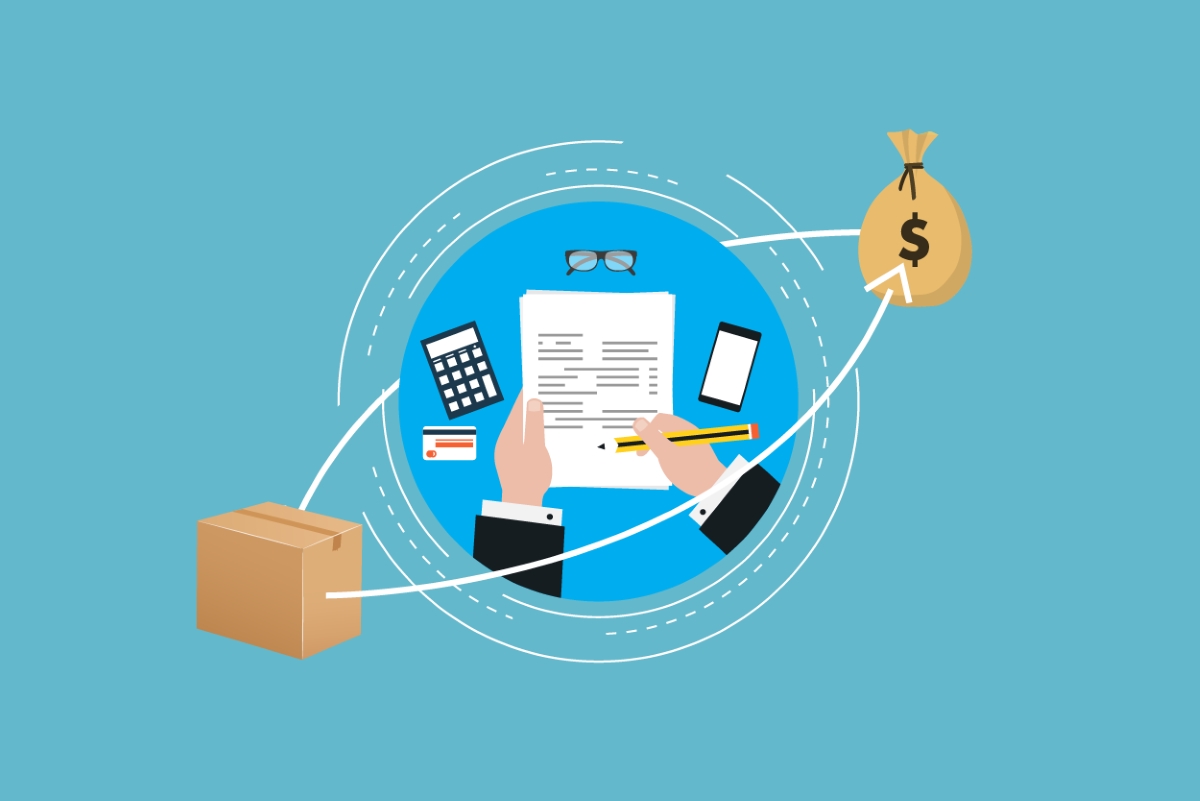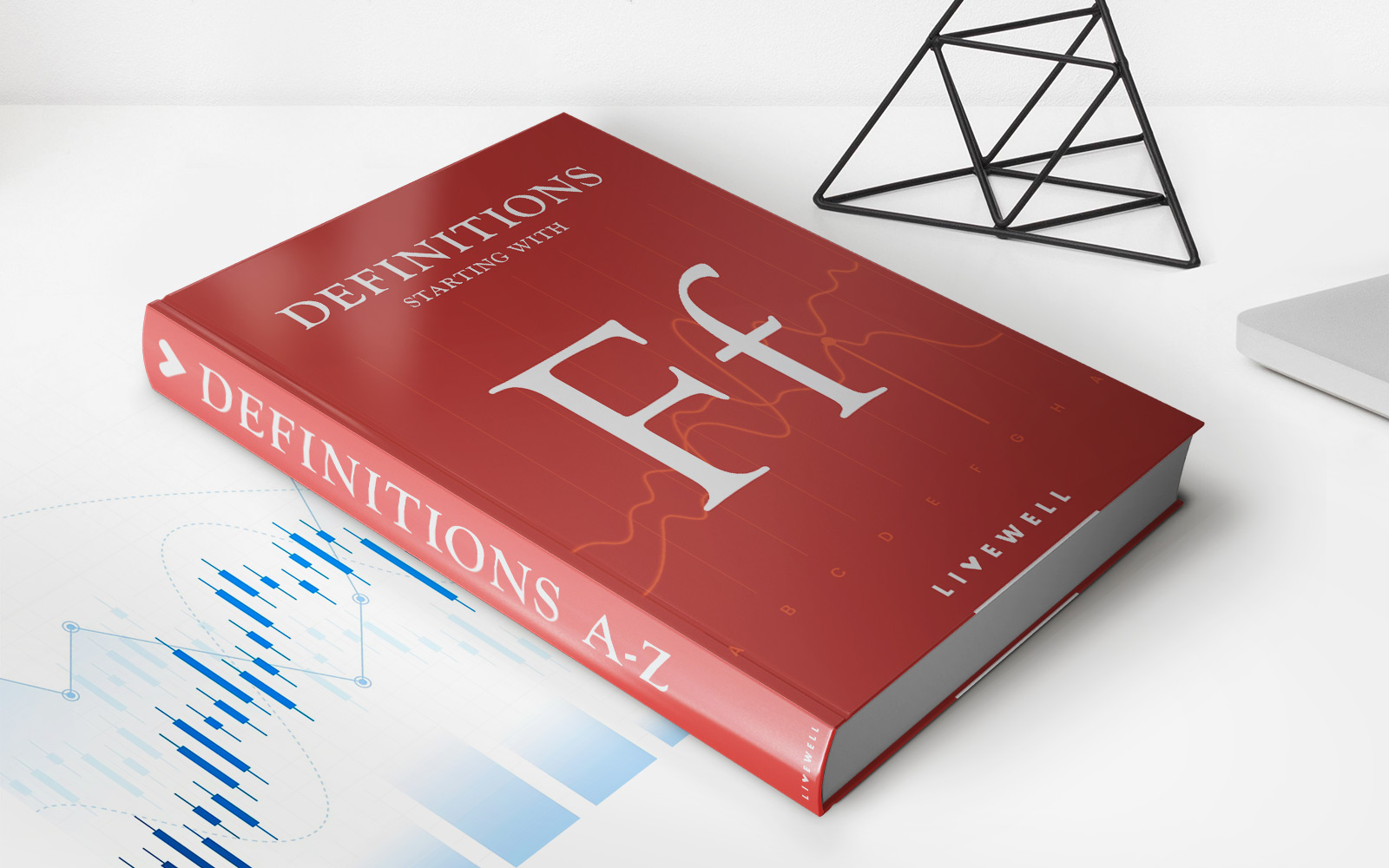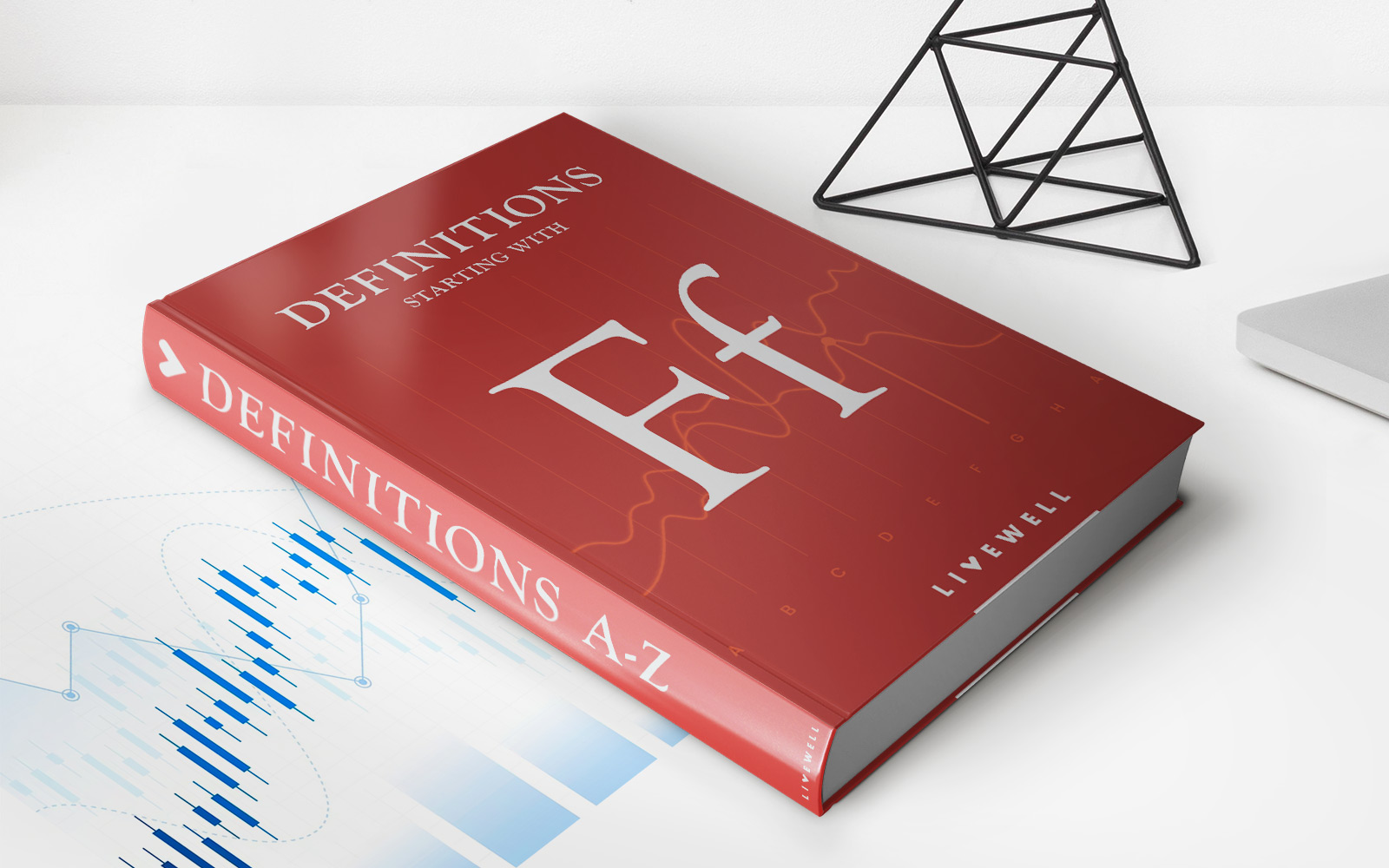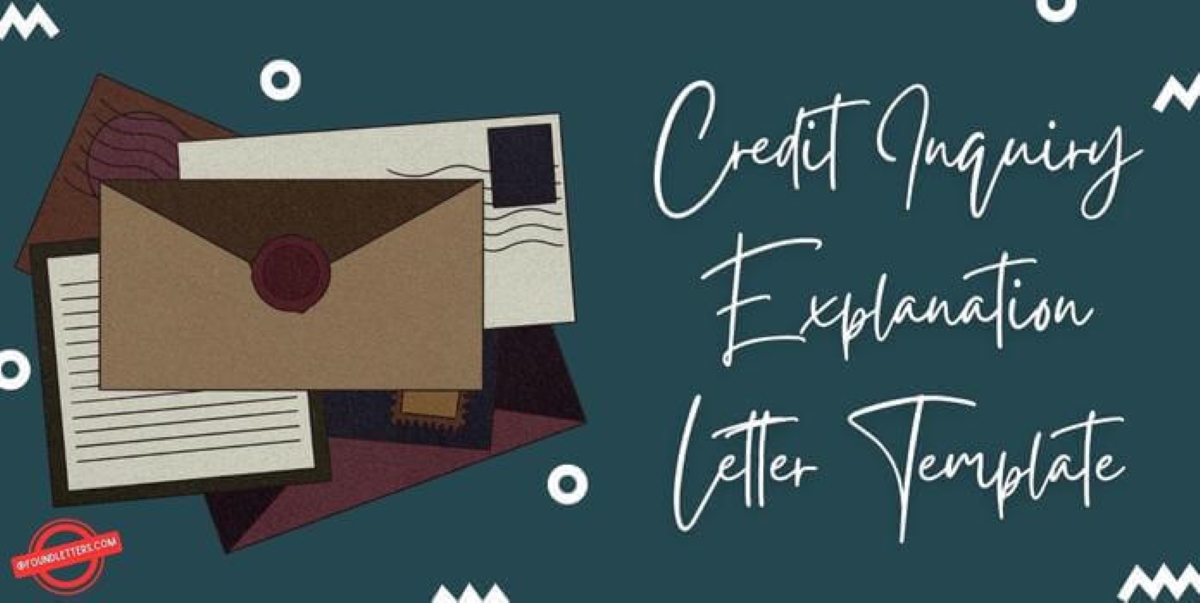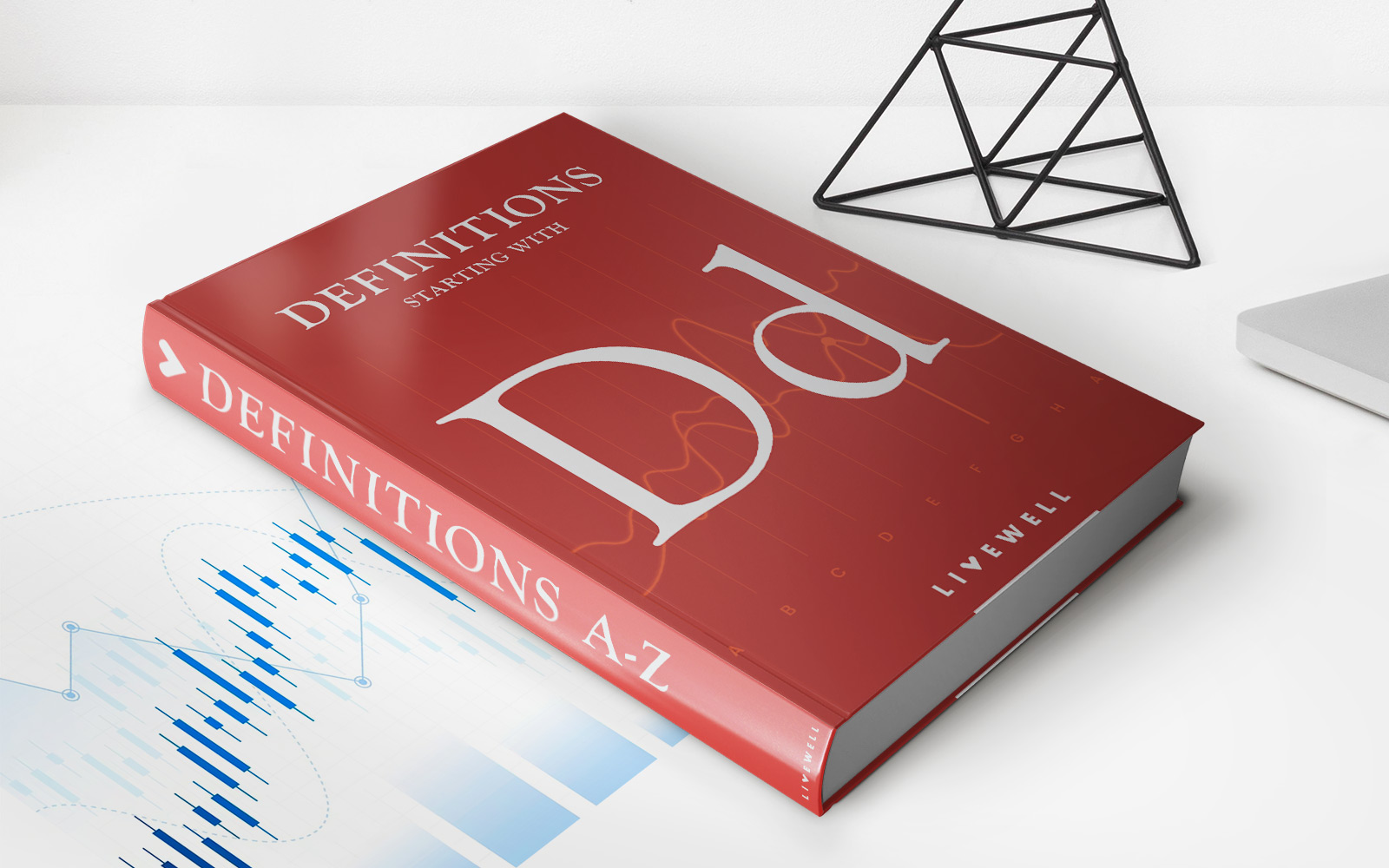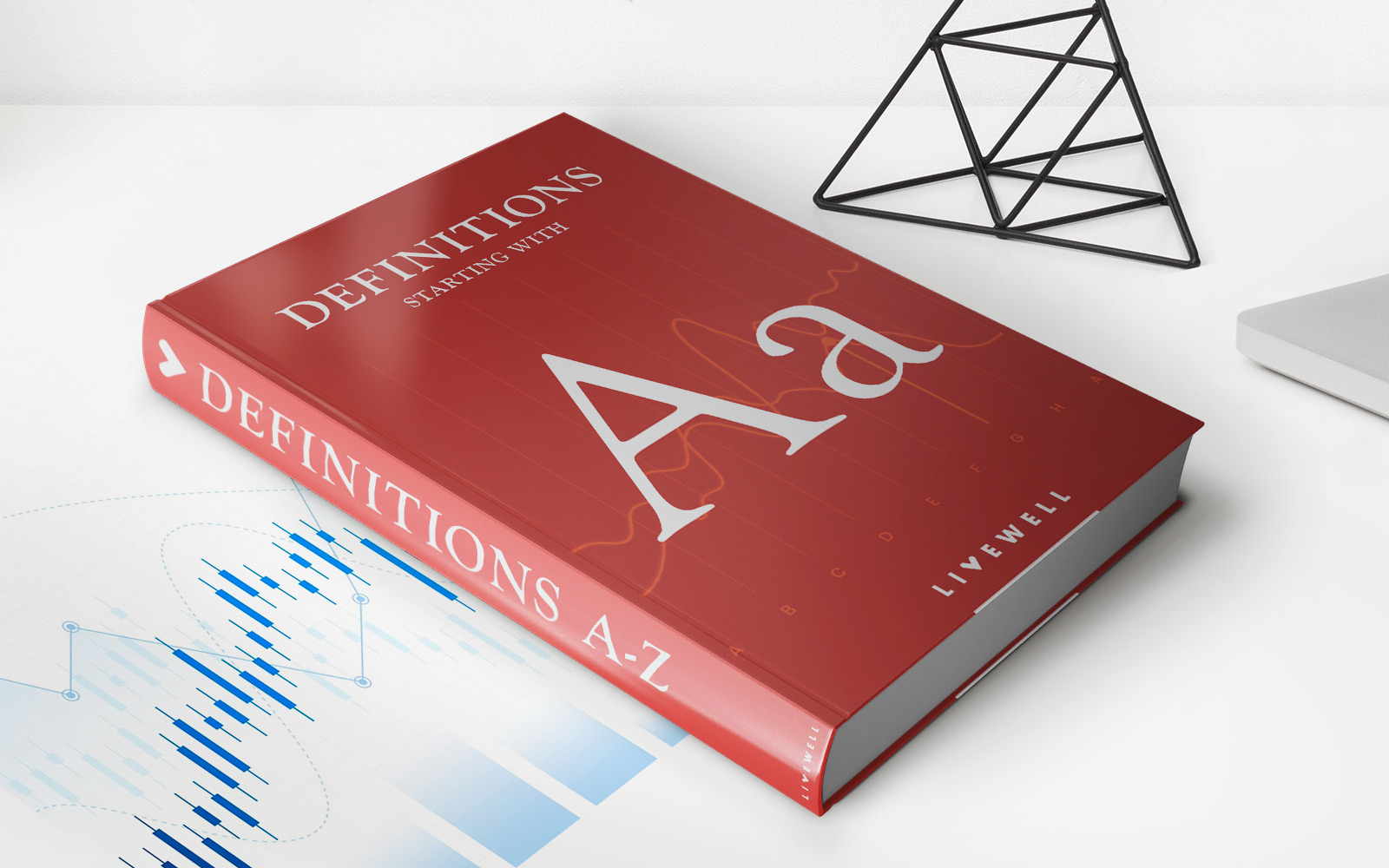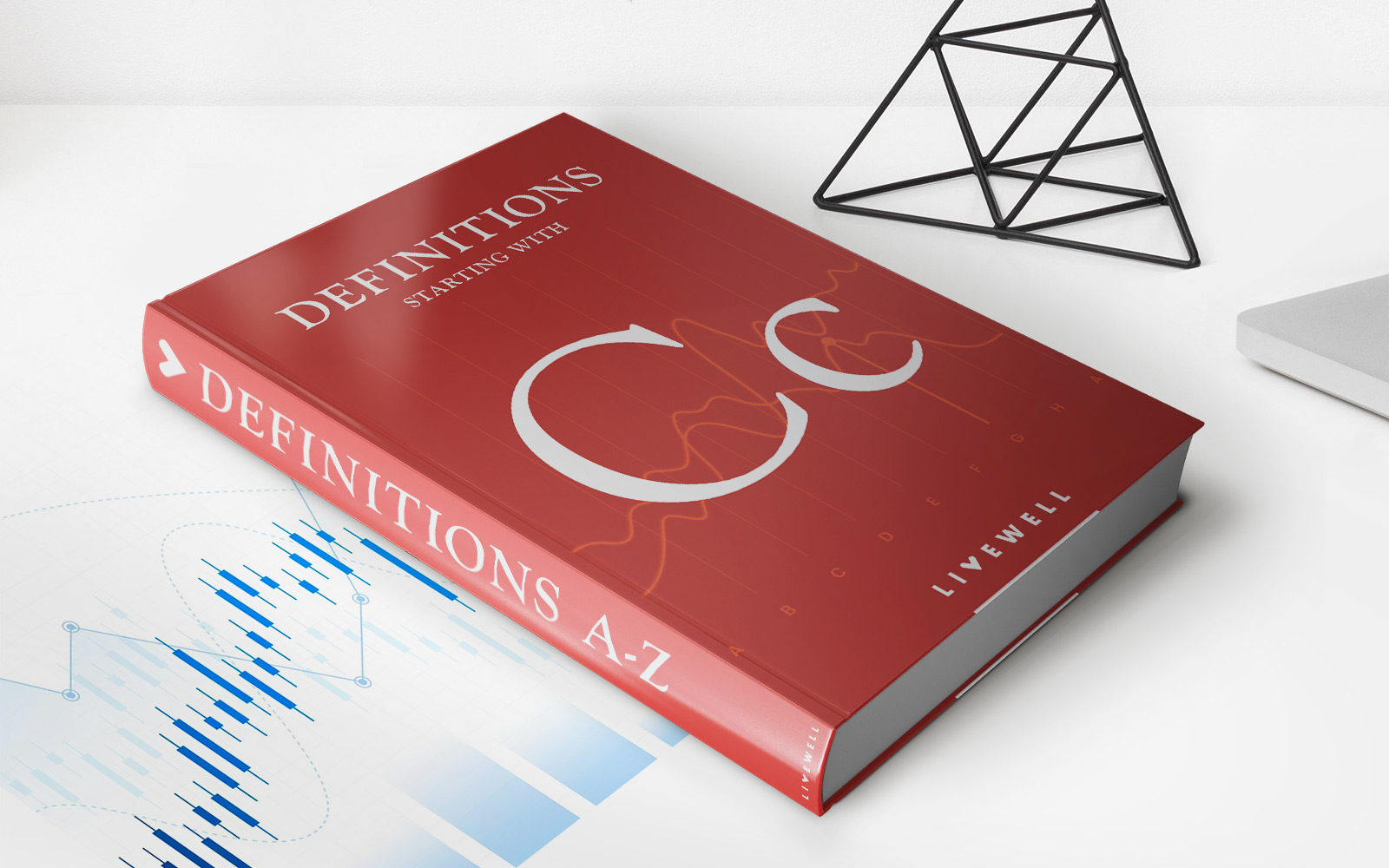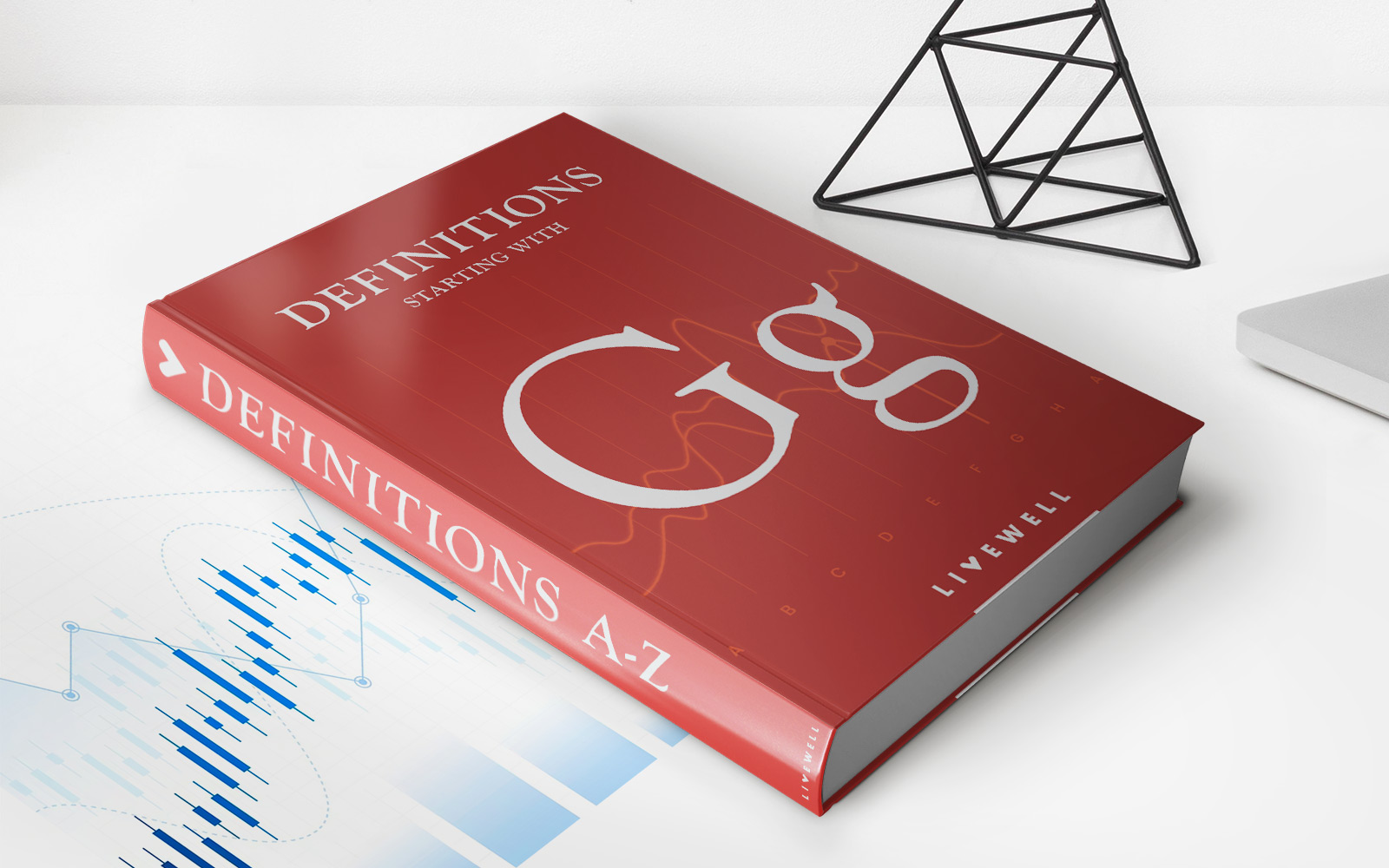Home>Finance>Fully Funded Documentary Letter Of Credit (FFDLC) Definition
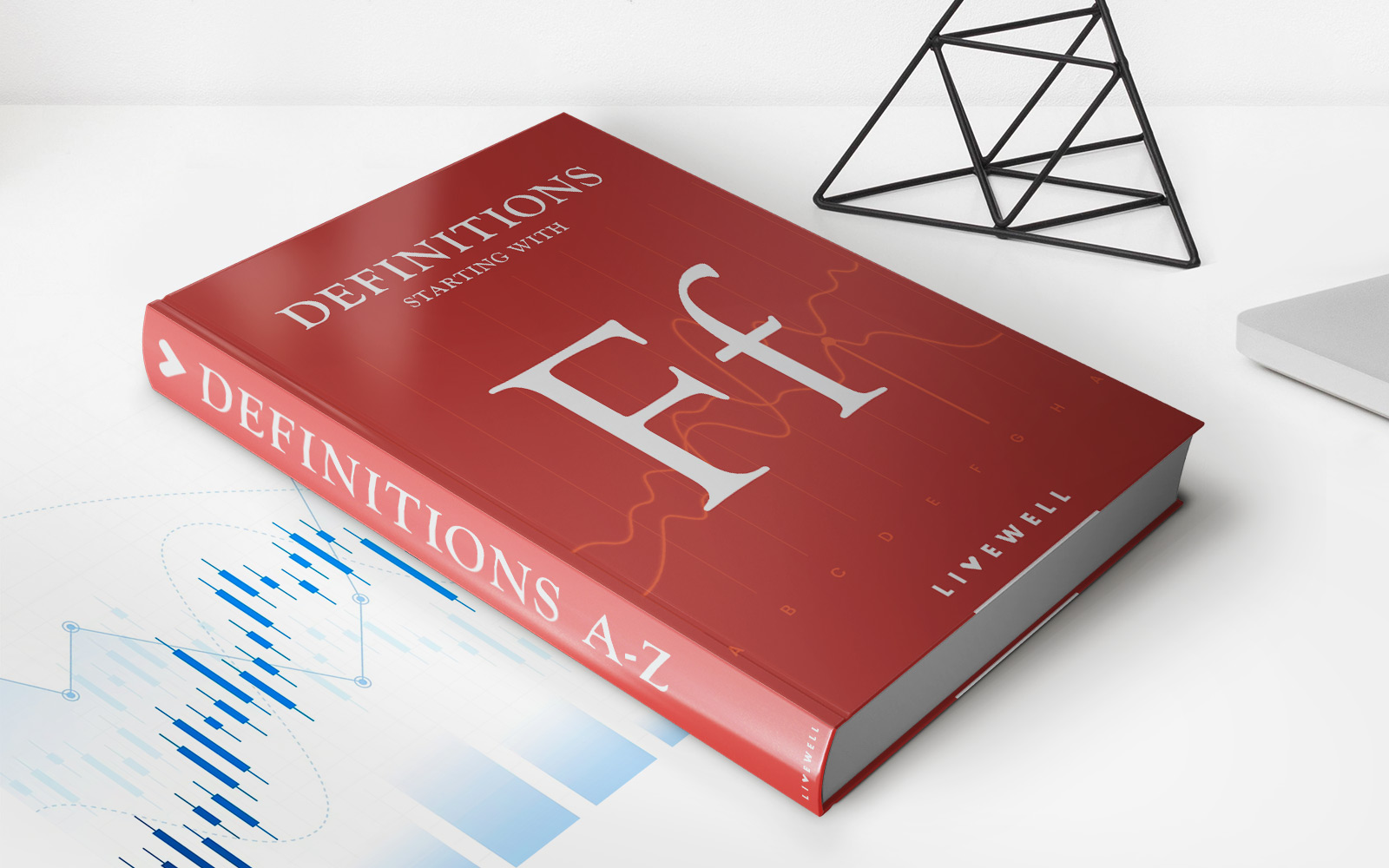

Finance
Fully Funded Documentary Letter Of Credit (FFDLC) Definition
Modified: January 10, 2024
Learn the definition of Fully Funded Documentary Letter of Credit (FFDLC) in the world of finance and explore its benefits and applications.
(Many of the links in this article redirect to a specific reviewed product. Your purchase of these products through affiliate links helps to generate commission for LiveWell, at no extra cost. Learn more)
Understanding Fully Funded Documentary Letter of Credit (FFDLC) for Financial Success
Finance can be a complex and vast field, with various tools and instruments used to facilitate transactions and reduce risks. One such instrument is the Fully Funded Documentary Letter of Credit (FFDLC), commonly used in international trade. In this blog post, we will dive deep into the definition and importance of FFDLCs, and how they can contribute to financial success.
Key Takeaways:
- FFDLCs are a type of letter of credit used in international trade to guarantee payment to suppliers.
- These instruments provide security to both the buyer and the seller by assuring payment as long as the agreed-upon terms and conditions are met.
A Fully Funded Documentary Letter of Credit (FFDLC) is a financial instrument issued by a bank on behalf of a buyer, mainly for international transactions. It serves as a guarantee of payment to the exporter (seller) as long as all the terms, conditions, and documentary requirements are met. In simpler terms, it assures the seller that they will receive payment for their goods or services, provided they meet certain obligations mentioned in the letter of credit.
So, how does an FFDLC work? Let’s break it down:
- The buyer and seller agree on the terms and conditions of the transaction, including the price, quantity, and quality of the goods or services.
- The buyer approaches their bank and requests the issuance of an FFDLC in favor of the seller.
- The buyer’s bank issues the FFDLC, which includes all the details of the transaction and the conditions for payment.
- The FFDLC is sent to the seller’s bank, acting as an intermediary.
- The seller ships the goods or provides the services and presents all the required documents to their bank, proving compliance with the terms of the FFDLC.
- The seller’s bank verifies the documents and forwards them to the buyer’s bank for review.
- If all the requirements are met, the buyer’s bank makes the payment to the seller’s bank as per the terms of the FFDLC.
- Finally, the seller’s bank releases the payment to the seller, completing the transaction successfully.
Now, you might be wondering, why should I consider using an FFDLC? Here are a couple of key reasons:
- Reduced risk: FFDLCs provide a level of security for both buyers and sellers. Buyers are confident that their payment will only be made if the seller meets the specified conditions, while sellers have the assurance of timely payment as per the agreed terms.
- International transactions: International trade involves dealing with unfamiliar parties and legal systems. FFDLCs offer a reliable mechanism to ensure smooth transactions by minimizing risks associated with foreign trade, such as non-payment or fraudulent activities.
In conclusion, a Fully Funded Documentary Letter of Credit (FFDLC) is a valuable financial instrument that plays a significant role in international trade. It provides assurance of payment to sellers and reduces the risk for buyers. By understanding how FFDLCs work and their importance in financial transactions, individuals and organizations can effectively navigate the complexities of global trade, ultimately leading to financial success.
